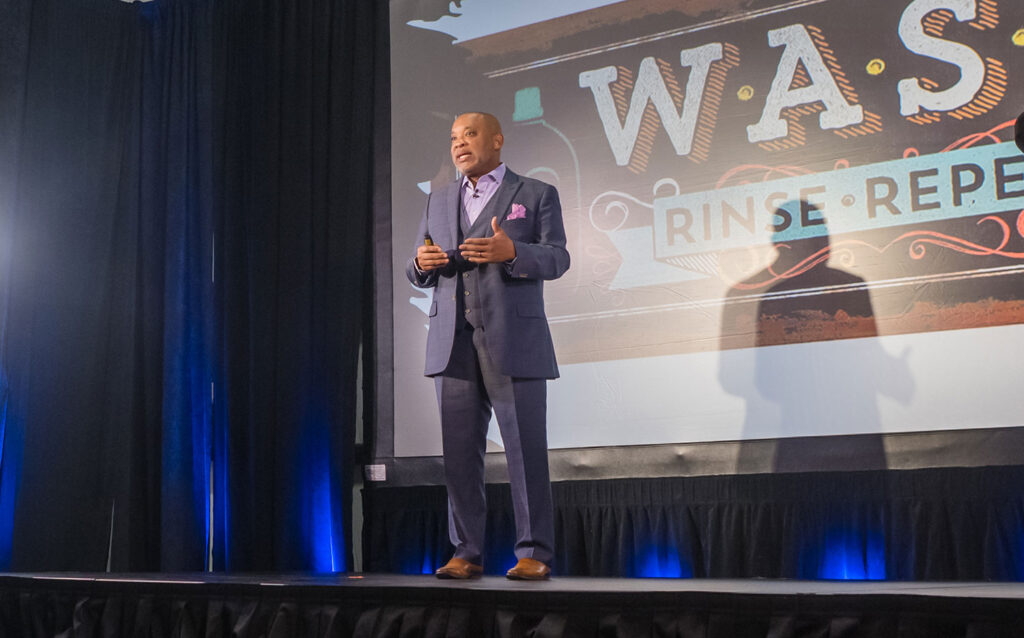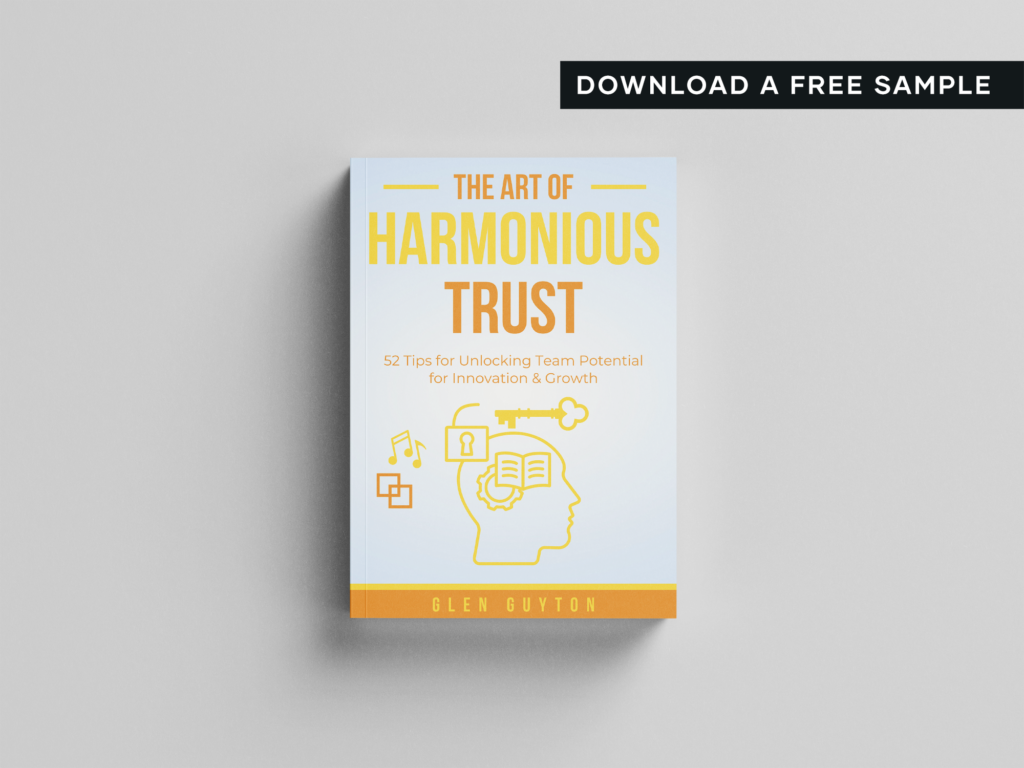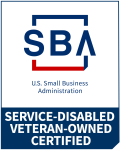Diversity & Inclusion Training
Home / Training & Consulting / DEI
Diversity & Inclusion Training, Workshops, and Programs
Discrimination in any form is a workplace disruption
DEI training helps you lay the groundwork for developing an inclusive workplace environment for you, your staff, and your clients.

Diversity & Inclusion is for everyone...
And when done correctly, it also has its benefits. Diversity & Inclusion training helps you reach your business goals and become a more culturally competent organization. It helps you focus on our mission, it expands your time and resources, and it improves your ability to service your clients effectively.
Racism, sexism, ableism, etcetera are systemic issues that are related to organizational structures, policies, and procedures. D&I efforts can change behavior, organizational culture, and organizational systems, leading to less stress and greater harmony.
Frequently Asked Questions
Why is Diversity & Inclusion Training Important?
If you’re asking yourself why diversity & inclusion training is so important, there are plenty of reasons why increasing diversity in the workplace can be beneficial. A better question might be, “What is the cost of not focusing on diversity and inclusion in the workplace?”
- You limit the pool of qualified candidates you have to choose from.
- Your organization will face the additional costs of talent acquisition, talent retention, and training of new talent if you have a hostile or stressful workplace.
- Not only do you have acquisition costs, but you lose productivity when you continuously have to replace talent.
- Discrimination of protected classes leads to workplace disruptions and possible litigation.
- It just isn’t worth it in this day and age to ignore the positive aspects of a more diverse and creative workplace while running the risk of making decisions that possibly lead to workplace disruptions or lawsuits.
Organizations that lack the commitment to diversity don’t just miss out on all the benefits, they also create business problems for themselves. Whether it’s through overt discrimination or simply a lack of cultural competence at the leadership and HR levels, businesses that disregard building a thoughtful approach to diversity put themselves in a risky business and legal position.
Businesses can’t just preach diversity on paper. The “checkbox” trainings many organizations host do little to make inclusion a daily workplace value. Diversity, equity, and inclusion needs to be part of the culture at every level. A half-hearted approach to diversity and inclusion can set you up for bigger failure. The organization comes away looking either disconnected from its values or like a fraud. Only say what you are actually going to do when it comes to implementing a diversity, equity, and inclusion program.
Diversity and inclusion training works if it is done properly. Poor process leads to poor results.
Here are a few tips that might help your training succeed.
To be successful, your diversity training should include:
- A knowledgeable professional with a proven track record.
- Commitment from leadership.
- Clear goals and objectives.
- A common analysis or understanding of the issues at hand.
- System-wide integration.
Diversity is simply variety. In the workplace, diversity is often a term used to refer specifically to cultural, racial, or ethnic differences. However, diversity applies to all the qualities that make people different. From a management perspective, the key to diversity is to understand how different types of diversity and different demographic characteristics can impact behavior, performance, and team cohesion.
Diversity can be based on:
- Cultural & identity factors
- Skills and abilities
- Personality traits
- Values and attitudes
As you seek to establish a diverse and inclusive workplace. You must clearly define what type of diversity…
- is needed
- is achievable
- the organization is committed to achieving. Organizational commitment is the key. What is the desired end, and at what cost?
Start where you are. There are five phases of the diversity and inclusion process. The most important component is figuring out why you want to do this work even before you launch into the work. Your why can factor into any one or all of the following areas:
- Develop awareness in your workplace
- Obtain knowledge to further your organizational goals
- Develop new workplace or customer service skills
- Begin to take new actions in your workplace to bring about change. These action steps can be internal (focused on institutional change), external (looking at advocacy or activism in the community) or a combination of both.
Once you figure out your “why”, then the organization is ready for the five-phase journey:
- Commitment of resources and clearly articulated understanding of what success looks like
- Engagement with staff and execution of a well thought out plan that aligns with the organizational mission
- Creation of a culture for success involves ongoing training and staff interaction.
- Incorporation of the proper systems and safeguards into the talent management process.
- Evaluation of your goals and performance along the way.
Primarily, your diversity and inclusion training needs to focus on goal setting—defining what success looks like in your context, and articulating the “why” in the context of your organizational mission or values.
Your training must go beyond feelings and emotions. Without looking at power dynamics, systems, equity, and access you are simply expending resources with little hope of bringing about institutional change. Bottom line, your training must access your starting point, create common understanding, and define the desired ending point.
A “DEI hire” refers to an individual recruited specifically to enhance Diversity, Equity, and Inclusion within an organization. While the term might seem reductive, it underscores a commitment to fostering a diverse and inclusive workplace. Instead of feeling ashamed, recognize the broader impact: you’re championing varied perspectives, promoting equity, and fostering an inclusive environment. Rather than viewing it narrowly, embrace the depth and benefits of DEI, which are pivotal in driving innovation, enhancing cultural competency, and improving overall workplace dynamics.
Absolutely not; the notion that DEI (Diversity, Equity, and Inclusion) equates to a lack of skills or talent is a misconception popularized by politicians and their pundits. DEI initiatives are about recognizing and valuing the diverse backgrounds, experiences, and perspectives that individuals bring to the table. It’s about ensuring that everyone has equal opportunities to succeed and contribute, which can significantly enhance creativity, problem-solving, and overall organizational performance.
Prioritizing DEI is about enriching your talent pool, not compromising on quality or skills.
No, DEI (Diversity, Equity, and Inclusion) is not anti-white. DEI efforts aim to create an environment where everyone, regardless of their background, feels valued and included. It’s about broadening opportunities and fostering a culture where all voices are heard and respected. DEI isn’t about excluding or diminishing any group; rather, it’s about ensuring that all groups, including white individuals, can work together harmoniously and equitably. Embracing DEI benefits everyone by enriching the workplace with diverse perspectives and ideas.

Meet Glen
Experience. Glen brings over twenty years of experience in agile leadership and DEIB (diversity, equity, inclusion and belonging).
Leadership. After being honorably discharged from his roles as an officer in the United States Air Force, Glen worked in both the public and private sector. He has spent over a decade in executive leadership, including serving as the first African-American executive director of a national nonprofit organization.
Strategic Foresight. As a cultural futurist Glen will guide you in developing future-focused strategies that enhance your organization’s cultural agility and resilience.
Tools. Glen has a variety of tools to help you achieve your goals related to:
- Having crucial workplace conversations around racism and other forms of discrimination.
- Improving intercultural communication.
- Helping marginalized groups and remote workers feel connected.
- Creating cultural competency benchmarks and measuring progress.
- Best practices in marketing, use of images and corporate statements.
Glen is also a qualified administrator (QA) of the Intercultural Development Inventory® (IDI®). The Intercultural Development Inventory® (IDI®) is the premier cross-cultural assessment of intercultural competence that is used by thousands of individuals and organizations to build intercultural competence to achieve international and domestic diversity and inclusion goals and outcomes.
Capability. Glen is a certified virtual presenter and has the necessary tools and skills to connect with your team virtually or in-person. His virtual presentations are interactive and will keep participants engaged.
Enhance Your Organization's Cultural Agility and Resilience with Strategic Foresight
In an increasingly globalized world, anticipating and adapting to cultural shifts is crucial for organizational success. Strategic foresight empowers leaders to confidently navigate complex cultural landscapes, enabling them to proactively identify and address potential challenges or opportunities before they arise.
WORK WITH A TRAINED FUTURIST
A futurist specializes in analyzing and predicting future trends to understand and prepare for future uncertainties and opportunities within your organization.
Work with a professional cultural futurist to help your develop robust strategies and plans that can adapt to changing workplace culture. Through future-focused immersive workshops and targeted consulting engagements, you’ll learn to swiftly pivot in response to changing cultural dynamics, aligning your team around a shared mission of inclusivity and cross-cultural understanding.
This process enables organizations to anticipate changes, prepare for uncertainties, and create robust strategies for future success.
Step 1: Define objectives and scope
Step 2: Conduct environmental scanning
Step 3: Perform trend analysis
Step 4: Develop and analyze scenarios
Step 5: Assess implications and formulate strategies
Step 6: Implement, monitor, review, and adjust strategies




